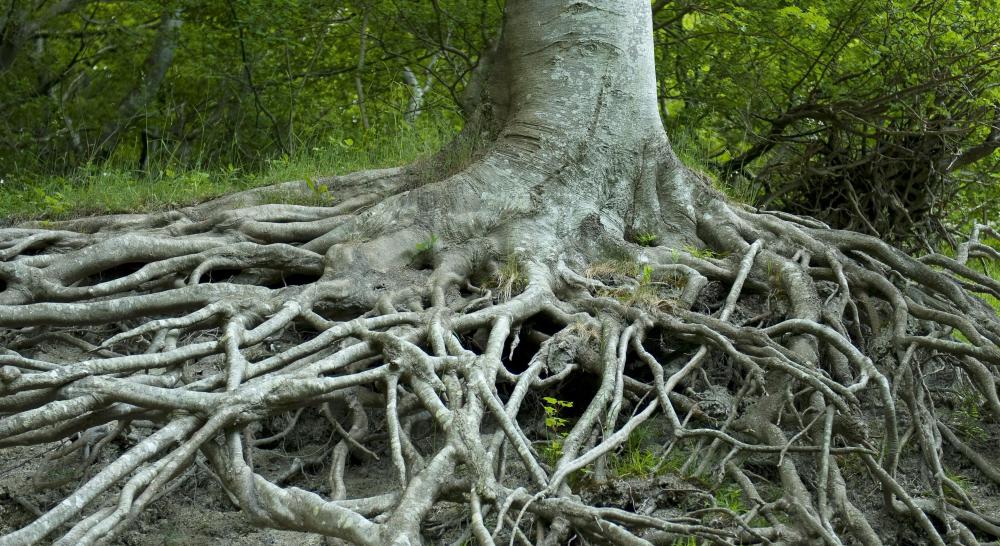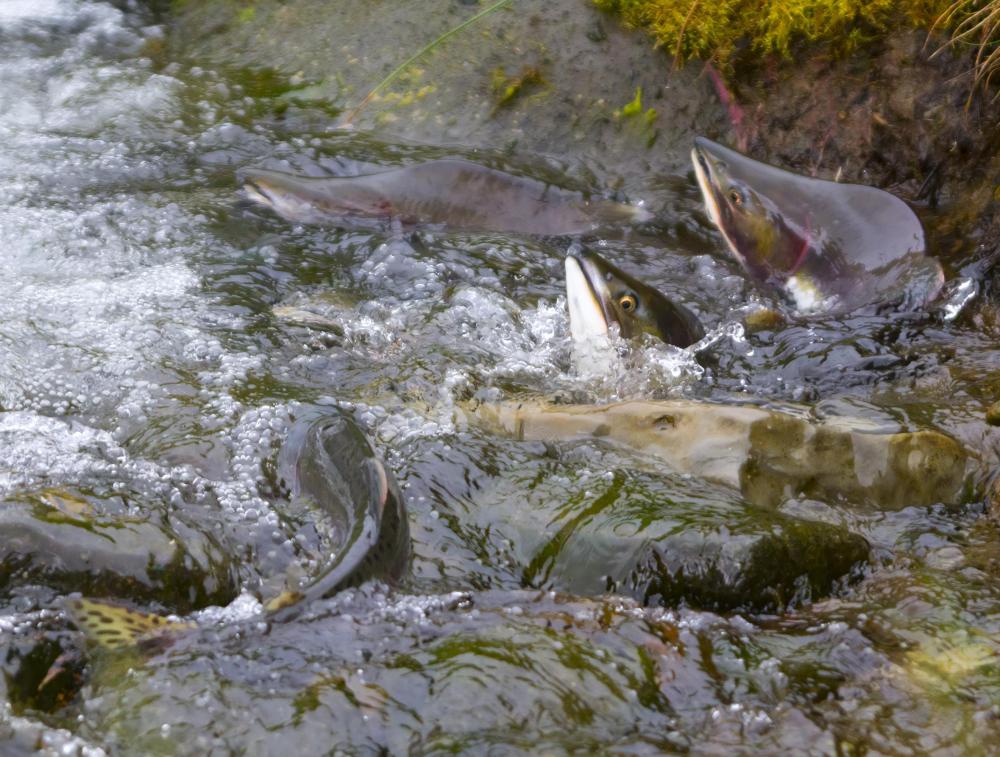At AllThingsNature, we're committed to delivering accurate, trustworthy information. Our expert-authored content is rigorously fact-checked and sourced from credible authorities. Discover how we uphold the highest standards in providing you with reliable knowledge.
What is an Endangered Ecosystem?
An endangered ecosystem is a natural environment that is threatened with collapse and disappearance due to human activity, pollution and species extinction or overpopulation among other factors. Living and nonliving entities interact, form interdependent relationships and exchange energy and matter in ecosystems that can be as large as the planet or as small as a fishbowl. When the interdependence between an environment’s species and physical and chemical factors is disrupted, the ecosystem becomes endangered and can possibly disintegrate completely. The consequences of ecosystem collapse include mass extinction, species populations surging beyond control, disruption of human food supplies, erosion, flooding, acceleration of climate change and the disintegration of large regions of the natural environment.
There are many natural and human causes of an endangered ecosystem, causes that often disrupt an ecosystem’s food chain and physical environment. Overfishing of a particular aquatic species such as sharks or bluefin tuna can detrimentally impact a food chain by depleting large predators that keep smaller species populations from surging out of control. Without large predators, many species will breed beyond the immediate environment’s ability to support them thus resulting in resource and food diminution and an endangered ecosystem.

When the resources of the current ecosystem are exhausted, an overbred species may then move to a new environment where it may become invasive and destructive. Species can also be introduced into an ecosystem by man in an effort to control the population of a native animal or insect but have a disruptive effect instead.
Pollutants can have a domino effect on an endangered ecosystem by destroying the physical environment and killing or mutating species. For example, a pollutant introduced into an aquatic ecosystem can kill the plants that the larger fish and crustaceans consume. These herbivore species begin to die and thus deplete the food sources of the system’s carnivorous predators that also perish in large numbers or migrate to a new ecosystem in search of sustenance. Additionally pollutants can cause an ecosystem’s species to mutate resulting in everything from infertility to extra limbs and crippling physical defects.

Construction, development and other human activities including hunting can result in an endangered ecosystem. Improperly managed or excessive hunting can weaken the population of a species by removing animals faster than they can breed and thus interrupt the food chain. Construction and development may destroy an ecosystem’s physical environment that the living species depend on for survival. Unless the endangered ecosystem’s species can be successfully relocated they may be threatened with extinction.
Frequently Asked Questions
What defines an ecosystem as endangered?

An ecosystem is considered endangered when it faces significant threats that could lead to its collapse or substantial loss of biodiversity. This status often results from a combination of factors such as habitat destruction, pollution, invasive species, and climate change, which disrupt the balance and health of the ecosystem.
Why should we be concerned about endangered ecosystems?
Endangered ecosystems are critical for maintaining global biodiversity, providing essential services like clean water, air purification, and pollination. They also support countless species, including humans, with food and resources. The loss of these ecosystems can have cascading effects on the planet's health and our own survival.
What are some examples of endangered ecosystems?
Examples of endangered ecosystems include the Amazon rainforest, which is threatened by deforestation and climate change, and coral reefs, which are suffering from ocean acidification and warming. Peatlands and wetlands are also at risk due to drainage for agriculture and development.
How does climate change affect endangered ecosystems?
Climate change exacerbates the vulnerability of endangered ecosystems by altering temperature and precipitation patterns, leading to more extreme weather events. These changes can shift species distributions, disrupt food webs, and increase the frequency of fires, storms, and droughts, further stressing these fragile environments.
What actions can be taken to protect endangered ecosystems?
Protecting endangered ecosystems requires a multifaceted approach, including establishing protected areas, enforcing anti-poaching laws, restoring degraded habitats, and promoting sustainable land use practices. International cooperation and local community engagement are also vital to address the global and regional drivers of ecosystem endangerment.
How can individuals contribute to the conservation of endangered ecosystems?
Individuals can contribute by supporting conservation organizations, adopting sustainable lifestyle choices, and advocating for environmental policies. Educating oneself and others about the importance of ecosystems, reducing one's carbon footprint, and participating in local conservation efforts are practical steps anyone can take to make a difference.
AS FEATURED ON:
AS FEATURED ON:













Discussion Comments
@browncoat - There are many endangered ecosystems of the world that are on the verge of collapse. Nearly every major river in the world is extremely polluted to the point where very little can live in them. That's the reason we are running out of river dolphins and manatees
I do think, however, that people are getting better at addressing these problems. And the wonderful thing is that once an ecosystem is given a chance to recover, it usually does with a vengeance.
@bythewell - The worst part of endangered habitats is that they never work in isolation. Coral reefs are spawning grounds for all kinds of fish and other sea creatures. They are also hunting grounds for sharks and rays. If the coral reefs start to disappear that isn't going to be an isolated thing.
One example that people don't really seem to understand is the old prairies of the United States. They were basically all replaced with grass that was more palatable for domestic cows, but which was not nearly as hardly against drought. And as soon as a drought hit, we ended up with the Dust Bowl and the Great Depression.
Nature is such a complex web of interactions there is just no way to tell what will happen when you tear a big hole in one part of the web.
One type of ecosystem that isn't going to be around for much longer is the coral reef. The oceans are changing too rapidly for them to adapt, becoming both warming and more acidic, so that the corals are beginning to bleach.
When you add to that the fact that there are plenty of introduced animals in this endangered ecosystem that feed on corals (like the crown of thorns starfish, for example) it doesn't look good. I've heard some scientists say they will be surprised if the Great Coral Reef survives another two decades.
Post your comments